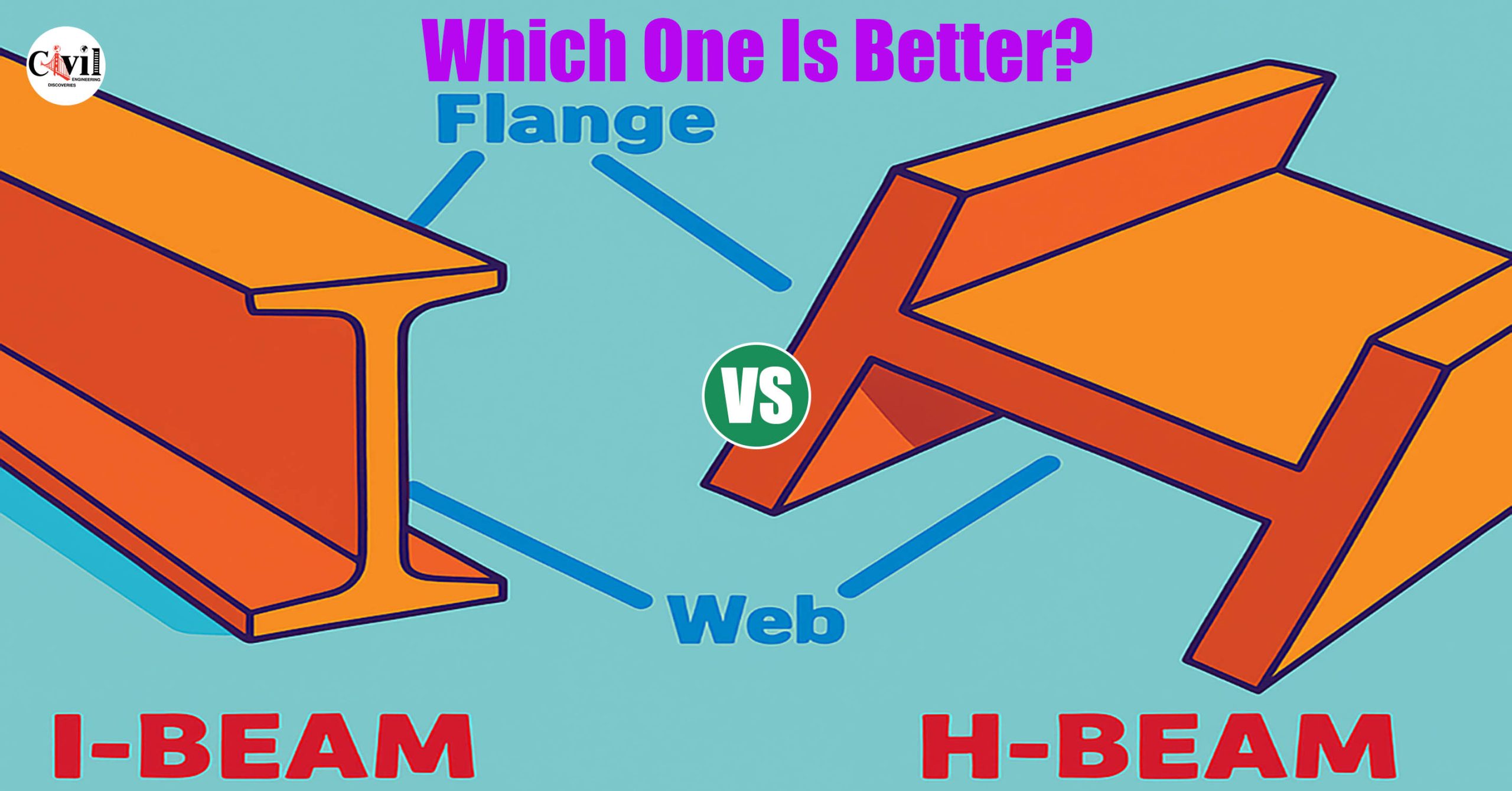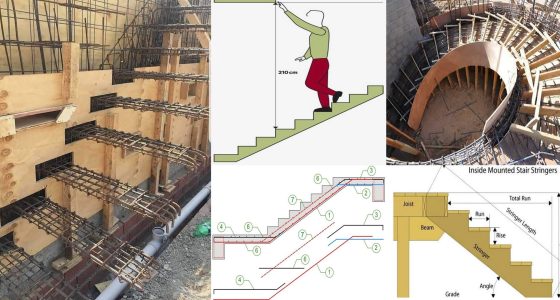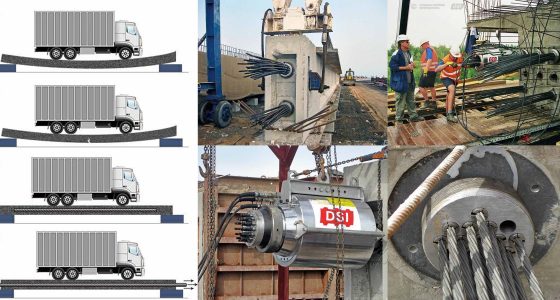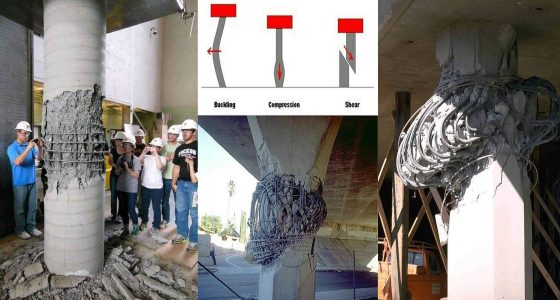Beams are the backbone of structural engineering—literally. Whether it’s a bridge, a skyscraper, or your garage’s steel frame, beams support the load and keep everything upright. But not all beams are created equal. If you’ve ever been caught in the H-Beam vs I-Beam debate, you know exactly what we mean.So, which one should you pick? Let’s break it down.
What Is an H-Beam?
H-Beams have a wider flange. They resemble the letter “H” when viewed in cross-section. These beams are often heavier and stronger. They’re made from a single piece of rolled steel. H-Beams can carry heavier loads over longer spans. They’re also known as universal beams.
What Is an I-Beam?
I-beams, also called American Standard Beams, have a narrower flange and the shape of a capital “I.” They are often lighter and have a thinner central web. They are ideal for shorter spans and lighter load applications.
Key Structural Differences
Shape and Design
H-Beams have wide, flat flanges and thicker walls. Their symmetrical design offers more load-bearing strength. I-beams have tapered flanges. Their central web is thinner, which reduces weight but also limits strength.
Load Capacity
H-beams support more weight, and their shape distributes the load evenly. I-beams are suitable for lighter loads. Overloading can cause bending or failure.
Manufacturing Process
H-Beams are hot-rolled or fabricated. They come in standard sizes and are often customized. I-beams are usually milled. They offer fewer design variations.
Span and Support
H-beams can span longer distances without bending, making them perfect for large buildings and bridges. I-beams are best for smaller structures, as they need more support over longer spans.
Applications in Construction
H-Beam Uses
Bridges
Commercial buildings
Skyscrapers
Platforms and columns
H-Beams handle higher loads and provide strong support.
I-Beam Uses
Residential buildings
Small warehouses
Frame structures
Roofing frameworks
I-beams are cost-effective for smaller projects.
Cost and Availability
H-Beams are more expensive due to size and strength. They’re also heavier, increasing transport costs. I-beams are lighter and cheaper. They’re widely available in standard sizes.
Installation and Flexibility
H-Beams are harder to install due to their weight. Cranes or heavy machinery are often required. I-beams are easier to handle and install. They suit projects with tighter budgets and simpler needs.
Pros and Cons
H-Beam Advantages
Higher load capacity
Longer spans
Greater durability
H-Beam Disadvantages
Higher cost
Heavier and harder to transport
I-Beam Advantages
Lightweight
Lower cost
Easier to install
I-Beam Disadvantages
Limited span capability
Less strength under heavy loads
Which Beam Should You Choose?
It depends on your project. Choose H-Beams if:
You’re building a high-rise or bridge.
You need maximum load-bearing capacity.
Choose I-Beams if:
You’re working on a home or small structure.
Cost and ease of installation are priorities.
Click Here To See How To Calculate The Weight Of I-Beam And H-Beam Sections?







